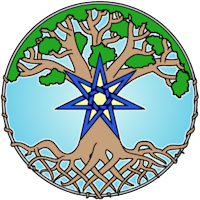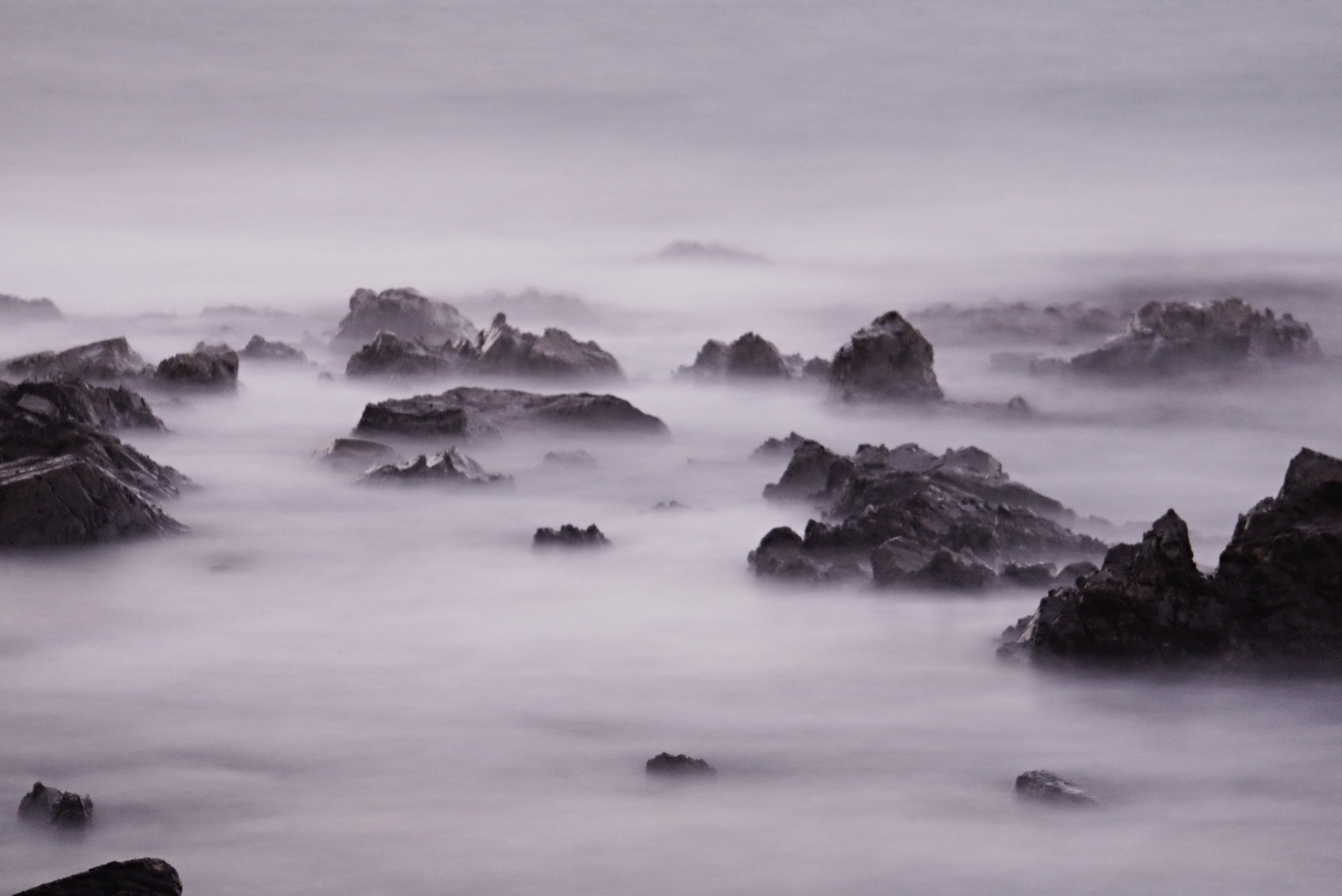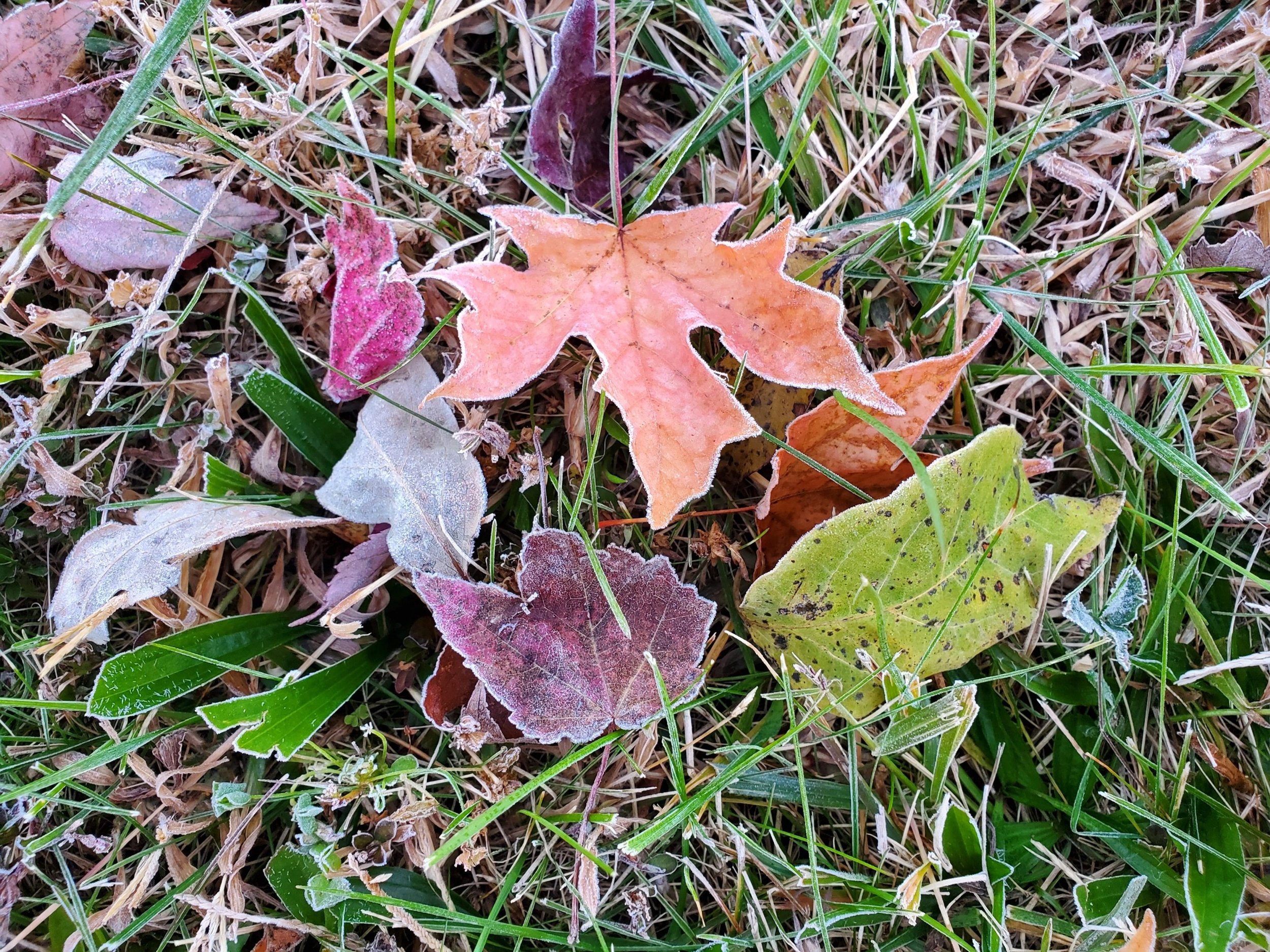When I first saw the title of Irene Glasse’s most recent blog post (which you should go read now before continuing if you haven’t yet), I immediately thought of the Otherworldly Wars that I’ve been on the edge of, these past few years. That was not Irene’s main focus (seriously go read that first), but it’s a parallel stream of mythic awareness. While no words really convey the fullness of the conflict, I generally agree with Irene’s choice to label the two sides as “Pain” and “Hope”. They’re succinct, and cut into the importance of this struggle, at least on the human side. The Great War between these two is a story, a narrative, a Myth that we’re watching play out as a bloody struggle on a battlefield. Irene goes on to explain the ways we can help join the fight on the side of Hope, and some of those ways are things I have heard from the deities in my life – and some of the messages I’ve heard are things I have shared, like the messages from Na Morrigna or Bast and Sekhmet that I’ve been asked to pass along to my community. Irene’s suggestions are good and helpful ideas, ways to make our lives a little better, ways to perhaps make the future a little brighter, and for the most part they are solidly grounded in mundane reality. This is one of Irene’s strengths that I most admire: she’s a beacon of light and guidance in our community, a mystic and cleric who always has a good answer when people turn to her in tears and ask, “What now?” There’s not really anything I can add to that besides repetition or emphasis, so I’m just going to suggest you go read that! (For the third time, lol!)
Instead, my thoughts turned to the Otherworldly battles I’ve witnessed, so if you’d like to hear more about that, take a side step with me, pass beyond the hawthorn hedge and walk beside me down the thistle-lined path of my UPG, into Fairy. All of the following is my experience; none of the following has any claim on being The Only Truth, but I share in case there is one reading who might find it helpful. Still with me?
In the watershed I live in, the Chesapeake Bay Watershed, it is my experience that the European Fairies seem to be organized into courts or territories that follow streams and rivers, with small courts around small bodies of water existing under the domain of the larger courts from the larger streams, and the rivers seem to have their own courts in attendance to the River Divinities (who existed here long before the first humans of European descent arrived), and there is something like a territorial Monarch, though my experience with them is that there are two, who share power and change with the seasons at the equinoxes. I can (and may well) explore that in more depth later, but that’s sufficient background information to explain my own relationships, I think. My local stream court (that is, the watershed within which I reside) has a queen that I call the Rosegay Queen, as she indicated to me that the wild roses growing along the stream in a place near to my house were Hers, and she uses roses as her symbol in her dealings with me. Out of necessity, she and I have become allies, and part of our agreement is that she will ward away and warn me of any incoming forces with clear malevolent intent against me, and in return when she is under attack from other forces, I am required to help defend her territory when she asks it of me.
When we made that agreement, I did not expect it would be asked of me as often as it has. While humanity has been fighting the pandemic, and in the US (and elsewhere, but I speak only for myself) we’ve been fighting against destructive cultural forces (the forces of “Pain”) , the Otherworlds have been embroiled in their own Great War, and while I do not have a wide enough field of vision to see the whole picture (even more so than in the mundane sphere, this is a conflict on a large timescale), from what I have seen, it seems to run along similar lines, though I might perhaps name them “Extinction” and “Evolution”. I have come to understand that there are beings and forces that believe Humanity is a lost cause, or not worth preserving, or that have no interest in us at all, or dislike for our species at best. There are also beings and forces that live in something like symbiosis with us, and have done so for a long time – whether it’s because they wish to guide us or (perhaps more likely considering the folklore) because they find us to be useful pets and tasty snacks, they would prefer to assist in our preservation, and our transformation if that’s what it takes to avoid extinction as the worlds change around us. I think of it more as a cultural evolution, not a physical one, where we will hopefully learn to live in better balance with our environments before climate change and our own conflicts push us to the brink of extinction, but the two words make a poetic mirror.
I’ve been taught some battle sorcery by both Gods and Fairies, and I’ve been using it to the best of my abilities when called upon, and the beings and forces I have seen on the other side of the battles make my skin crawl with wrongness. It’s difficult to describe, but I’ve been using the term unhael, meaning “unwhole, unhealthy, unsound” but it also seems to have that same connotation of wrongness, in a Heathen context. They’re not meant to be here, wandering our world; they’re inimical to humanity but also I believe to the biomes we inhabit. Their magic feels like contagion, and I don’t think it’s entirely a coincidence (though who can say whether it’s cause, effect, or correlation) that the first battles I witnessed occurred as my local area was shut down in the early stages of the pandemic. I’m no theologian or philosopher – I don’t have a well developed and concise theory about all of this. I can only describe what I’ve experienced, I have only half-developed thoughts to share.
But I think the Great War of Extinction vs Evolution is the challenge of Tower Time, the battles of the Storm that John Beckett was warned of, and the initiatory challenge Gwendolyn Reece has spoken of for about a decade. A Great War, in which not only human people are participating, and I think it’s likely that the fate of our species hangs in the balance – though the timeline here is longer than most of us are used to working with, because even sudden climate change isn’t going to destroy everything all at once. It’s how we react to it that really matters, I think – we may survive through natural disasters only to fight over resources and then escalate into a nuclear conflict, which may well mean the extinction or near-extinction of our species (and thousands if not millions of others). I’m not trying to be alarmist and there’s no call to take this idea and run straight into fascism or eugenics. I’m thinking about the conflict on a Mythic scale, with the protagonist being our species, and I hope that we survive the challenges along our Hero’s Journey without losing sight of Hope. Not every individual human will survive, but each of us should be trying to help out our communities as much as we can, because the local communities are the real crucible for cultural and societal change, and if Hope is to prevail over Pain, to continue prevailing over Pain along down the winding road of the future, things need to change.
So: figure out what you can do to help, in small ways. Not everything has to be big, and while we should not put off the work, there is no fast-approaching deadline, either. Rest when you need to. Fight when you can. Support others when they are the ones fighting. And I’ll leave you with this quote from The Fellowship of the Ring by JRR Tolkien:
‘I wish it need not have happened in my time,’ said Frodo.
‘So do I,’ said Gandalf, ‘and so do all who live to see such times. But that is not for them to decide. All we have to decide is what to do with the time that is given us.’





